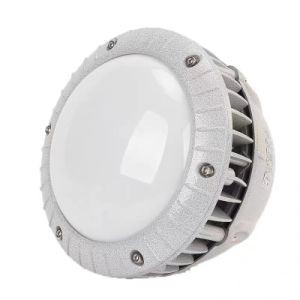High Efficiency Super Aviation Obstruction Low Intensity Single Light with Power Cable
Product description
The obstacle lights set up in a large building complex should be able to see the outline of the object from all directions, and the horizontal direction can also be referenced. The obstacle lights should be set up at a spacing of about 45 meters. Generally, buildings should install obstacle lights at the top of the building that are higher than 150 meters in height. High intensity A-type obstacle lights should be set up at the top of the building, and used in conjunction with medium intensity obstacle lights. Tall objects higher than 105 meters but less than 150 meters should be equipped with medium intensity A-type obstacle lights at the top, and obstacle lights should also be added in the middle layer, with the spacing as equal as possible. The ultra-high voltage transmission line tower should be equipped with high intensity B-type obstacle lights and three layers of synchronous flashing. The position is the lowest point of the tower top, the vertical line below the cable, or both.

The installation of obstacle marker lights for obstacles should indicate the highest point and edge (i.e. visual height and width) of the obstacle, and aviation obstacle lights should be installed. The spacing between the middle floors must not be greater than 45 meters. In urban buildings with a height of over 100 meters, it is particularly important to consider adding aviation obstacle lights in the middle floor. The vertical and horizontal distance of aviation obstruction lights should not be greater than 45 meters (that is, if the top of the object is higher than its ground by more than 45 meters, obstruction signs must be added in the middle)




Recommended products
